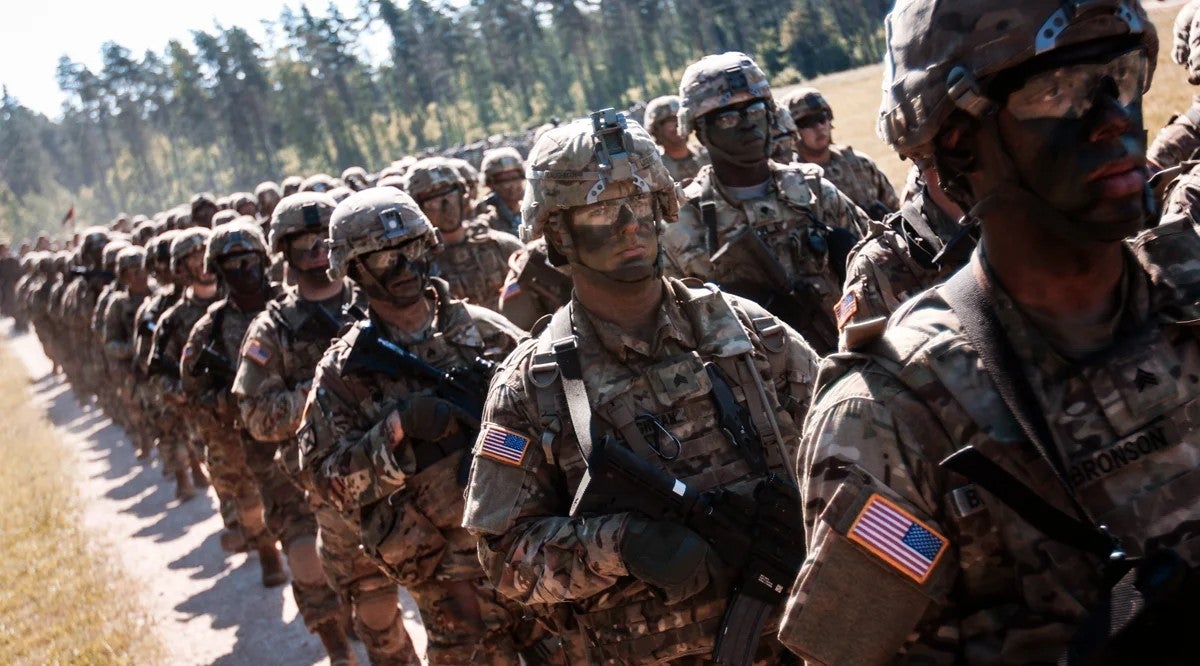AUSA Papers Examine Thinking About Future Warfare
AUSA Papers Examine Thinking About Future Warfare

Future warfare and how the military thinks about it will be the focus of a new series of papers published by the Association of the U.S. Army.
The first paper in the series, “Western Military Thinking and Breaking Free from the Tetrarch of Modern Military Thinking,” is now available. It seeks to start a discussion on military thinking about the future of armed conflict by highlighting the differences among strategy, concepts, doctrine, plans and theory. It also will describe how institutional thinking is well represented in contemporary military thinking, but independent ideas are underrepresented.
The series “sets aside conventional wisdom, institutionally perpetuated myths and Futurist ideology, instead probing into the future from a Conflict Realist perspective,” according to series author Lt. Col. Amos Fox, a doctoral candidate at the University of Reading and a freelance writer and conflict scholar writing for AUSA.
Fox, whose research and writing focus on the theory of war and warfare, proxy war, future armed conflict, urban warfare, armored warfare and the Russo-Ukrainian War, has been published in RUSI Journal and Small Wars and Insurgencies, among many other publications.
The first paper in the series is available here.
In the second article, Fox will explore the top myths in military thinking and how they contribute to what he describes as “cognitive stagnation” in military thought. Next, he will begin to delve into the ideas of future armed conflict, including ways to optimize the battlefield to account for systems such as drones, sensors and long-range fires.
The fourth paper in the series will examine the future of force structure and force design, along with some recommendations to address further future operational and tactical military challenges.
Finally, the fifth paper will provide a full history of future war and examine how the U.S. military and its Western partners must be prepared to address future competitors on a technology-rich battlefield.
Publication dates for the remaining four papers have not been set.
Read the first paper here.

